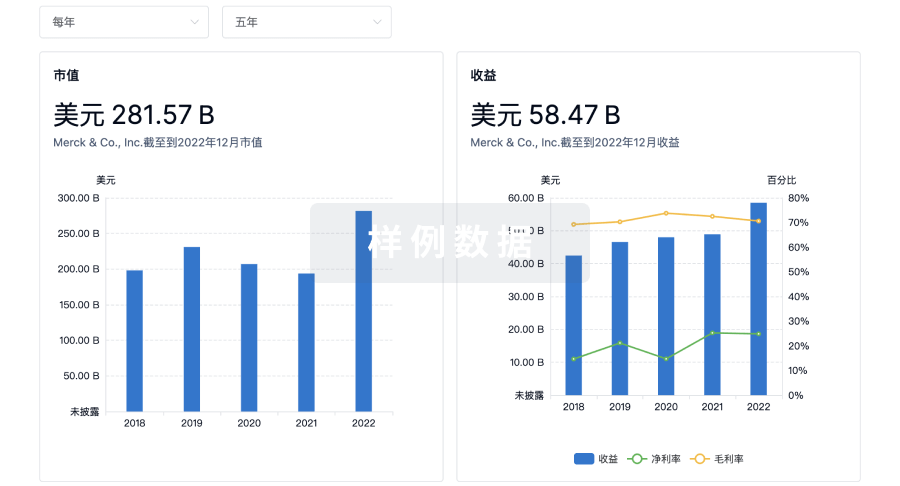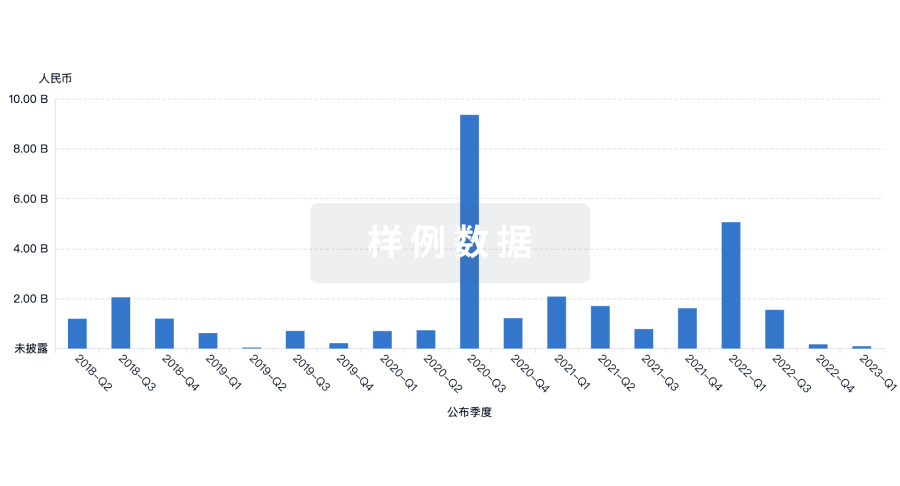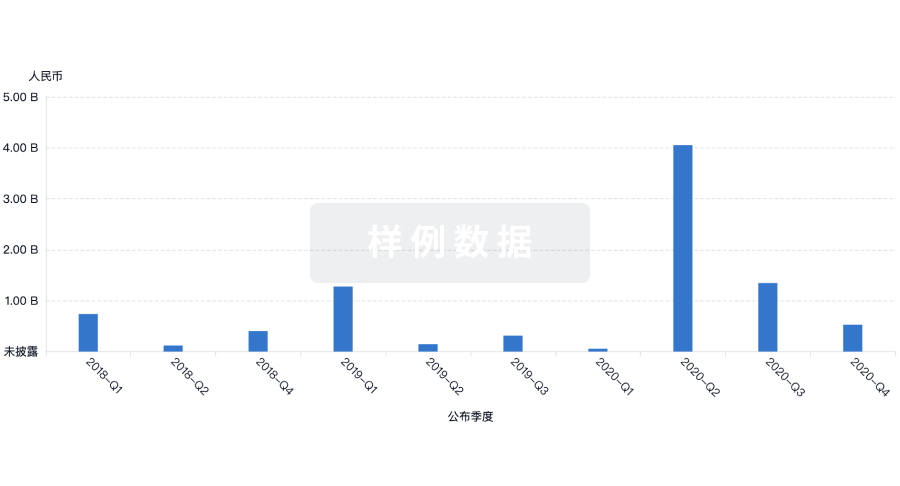预约演示
更新于:2025-12-06

Jefferson Health Corp.
更新于:2025-12-06
概览
关联
100 项与 Jefferson Health Corp. 相关的临床结果
登录后查看更多信息
0 项与 Jefferson Health Corp. 相关的专利(医药)
登录后查看更多信息
343
项与 Jefferson Health Corp. 相关的文献(医药)2025-09-03·Proceedings (Baylor University. Medical Center)
Racial disparities in non–small cell lung cancer survival outcomes: a systematic review and meta-analysis
Article
作者: Wannaphut, Chalothorn ; Ponvilawan, Ben ; Kulthamrongsri, Narathorn ; Prasitsumrit, Vitchapong ; Danpanichkul, Pojsakorn ; Kanitthamniyom, Chanakarn ; Saowapa, Sakditad ; Wattanachayakul, Phuuwadith
Background:
Previous studies have demonstrated disparities in survival outcomes between Black/African American, Asian, and White patients with non-small cell lung cancer (NSCLC). Some studies have suggested that non-White patients have poorer survival outcomes due to socioeconomic factors, while others have reported different findings. Therefore, we performed a comprehensive review and meta-analysis to evaluate the impact of racial disparity on NSCLC survival outcomes.
Method:
PubMed, Ovid MEDLINE, Embase, and Google Scholar were searched for articles published until September 2024. Eligible studies with aligned research objectives were included. Two reviewers independently extracted data. Methodological quality was assessed using the Newcastle-Ottawa Scale. The meta-analysis adhered to the PRISMA guidelines.
Result:
Fifteen studies with 763,314 patients met the eligibility criteria. Asian and Asian/Pacific Islander (API) patients had significantly better overall survival (OS) compared to White patients (hazard ratio [HR], 0.86; 95% confidence interval [CI], 0.79-0.94; P < 0.01 and HR, 0.80; 95% CI, 0.69-0.93; P < 0.01, respectively). In contrast, OS differences were not statistically significant between Black and White (HR, 1.00; 95% CI, 0.94-1.07; P < 0.01) or Hispanic and White patients (HR, 0.93; 95% CI, 0.87-1.00; P = 0.19). Further, the subgroup analyses did not demonstrate any significant difference in OS outcome in any stage when comparing Black to White patients (stage I HR, 1.11; 95% CI, 1.00-1.23; P < 0.01; stage II HR, 1.03; 95% CI, 0.96-1.10; P = 0.26; stage III HR, 1.04; 95% CI, 0.96-1.12; P < 0.01; and stage IV HR, 1.02; 95% CI, 0.97-1.07; P < 0.01).
Conclusion:
Asian and API patients with NSCLC exhibited superior OS outcomes compared to White patients. In contrast, racial disparities in survival outcomes were statistically insignificant for Black and Hispanic patients. Additionally, staging disparities in OS were not observed between Black and White patients with NSCLC.
2025-09-01·INTERNATIONAL JOURNAL OF STD & AIDS
Hepatitis C increases acute myocardial infarction risk in people living with HIV: A systematic review and meta-analysis
Review
作者: Srikulmontri, Thitiphan ; Kulthamrongsri, Narathorn ; Suenghataiphorn, Thanathip ; Danpanichkul, Pojsakorn ; Tribhuddharat, Narisara
Background:
Hepatitis C virus (HCV) coinfection is common among people living with HIV (PLWH) and is associated with adverse outcomes. However, the specific association between HCV coinfection and the risk of acute myocardial infarction (AMI) in PLWH remains unclear. This systematic review and meta-analysis aims to clarify this relationship.
Method:
We searched MEDLINE and EMBASE databases from inception to October 2024 for cohort studies comparing the incidence of AMI in PLWH with HCV coinfection versus PLWH without HCV coinfection (HIV mono-infection). We used the generic inverse variance method with a random-effects model to pool risk ratios (RRs) and 95% confidence intervals (CIs). Heterogeneity was assessed using the I
2
statistic. All statistical analyses were performed using Review Manager 5.4.
Results:
Seven cohort studies, encompassing 94,664 participants (mean age 42 years, 83% male), met the inclusion criteria. HCV coinfection was associated with a significantly increased risk of AMI in PLWH (pooled RR = 1.25, 95% CI: 1.09, 1.44; I
2
= 18%;
p
< .001) compared to HIV mono-infection. A subgroup analysis restricted to type 1 AMI was not statistically significant (pooled RR = 1.03, 95% CI: 0.84, 1.26;
p
= .78).
Conclusions:
HCV coinfection is associated with a significantly increased risk of AMI in PLWH. Further research is needed to determine the pathophysiology of this relationship.
2025-09-01·CLINICAL IMAGING
Phyllodes tumor of the breast: Race-related differences in presentation, pathology and prognosis
Article
作者: Eugene, Natalia ; Li, Eric ; Lee, Courtney ; Zhang, Zi ; Wolochuk, Julianna
PURPOSE:
We aimed to investigate the race-related differences in clinical, radiological, and pathological presentation and prognosis of phyllodes tumors (PTs).
METHODS:
This retrospective cohort study included patients diagnosed with PTs from 5/1/2012 to 5/31/2022. Pathology reports, radiology findings, and clinical data were extracted from electronic medical records. Statistical analysis assessed these differences across racial demographics.
RESULTS:
Among 62 women with PTs (mean age: 41 ± 15.2 years), the racial distribution was 21 % Caucasian, 32 % African American, 17.7 % Hispanic, and 29 % Asian/Other. Minority women were significantly more likely to present with palpable masses than Caucasian patients (p = 0.031), suggesting potential disparities in early detection. Minority patients were more likely to be covered by Medicaid and reside in lower-income ZIP codes, with a higher proportion under age 40 at presentation, though these results were not statistically significant. While tumor size varied by race, this difference was also not statistically significant (p = 0.094). Pathologically, 66.1 % of tumors were benign, 22.6 % borderline, and 11.3 % malignant. Although lumpectomy was the preferred approach across all racial groups, no Caucasian or Hispanic patients undergoing mastectomy. No significant racial differences were observed in resection margins (p = 0.263), re-excision rates (p = 0.503), or recurrence rates (p = 0.238).
CONCLUSION:
Minority women had a higher likelihood of presenting with symptomatic PTs, underscoring potential disparities in screening. While treatment outcomes were similar across racial groups, targeted screening efforts in at-risk populations may improve early detection and promote equitable healthcare access.
100 项与 Jefferson Health Corp. 相关的药物交易
登录后查看更多信息
100 项与 Jefferson Health Corp. 相关的转化医学
登录后查看更多信息
组织架构
使用我们的机构树数据加速您的研究。
登录
或

管线布局
2025年12月16日管线快照
无数据报导
登录后保持更新
药物交易
使用我们的药物交易数据加速您的研究。
登录
或

转化医学
使用我们的转化医学数据加速您的研究。
登录
或

营收
使用 Synapse 探索超过 36 万个组织的财务状况。
登录
或

科研基金(NIH)
访问超过 200 万项资助和基金信息,以提升您的研究之旅。
登录
或

投资
深入了解从初创企业到成熟企业的最新公司投资动态。
登录
或

融资
发掘融资趋势以验证和推进您的投资机会。
登录
或

生物医药百科问答
全新生物医药AI Agent 覆盖科研全链路,让突破性发现快人一步
立即开始免费试用!
智慧芽新药情报库是智慧芽专为生命科学人士构建的基于AI的创新药情报平台,助您全方位提升您的研发与决策效率。
立即开始数据试用!
智慧芽新药库数据也通过智慧芽数据服务平台,以API或者数据包形式对外开放,助您更加充分利用智慧芽新药情报信息。
生物序列数据库
生物药研发创新
免费使用
化学结构数据库
小分子化药研发创新
免费使用